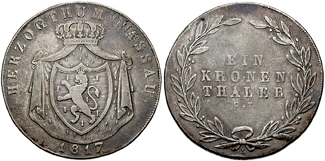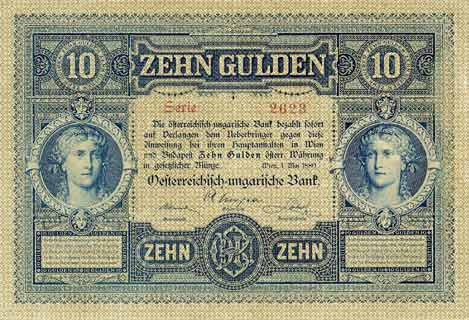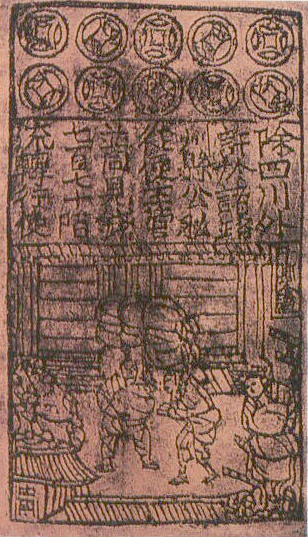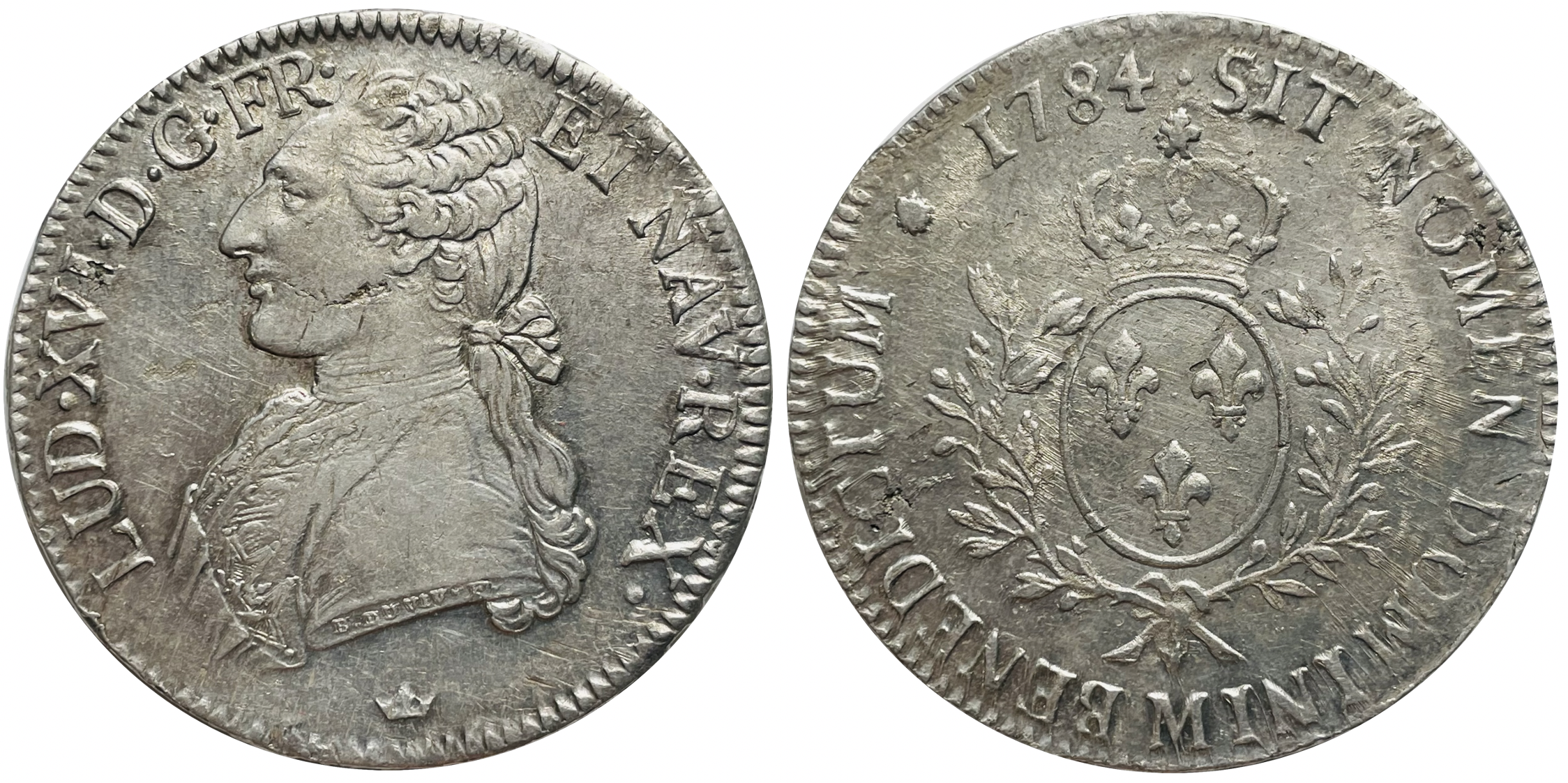|
Kreuzer
The Kreuzer (), in English also spelled kreutzer ( ), was a coin and unit of currency in the southern German states prior to the introduction of the German gold mark in 1871–1873, and in Austria and Switzerland. After 1760 it was made of copper. In south Germany the kreuzer was typically worth 4 Pfennige and there were 60 Kreuzer to a gulden. ''Kreuzer'' was abbreviated as ''Kr'', ''kr'', ''K'' or ''Xr''. Early history The Kreuzer goes back to a ''Groschen'' coin minted in Merano in South Tyrol in 1271 (the so-called ''etscher Kreuzer''). Because of the double cross (German: ''Kreuz'') on the face of the coin, it was soon given the name ''Kreuzer''. It spread in the 15th and 16th centuries throughout the south of the German-speaking area. The Imperial Coinage Act of 1551 made them the unit for small silver coins. In 1559 a value of 60 Kreuzer to 1 Gulden had been adopted throughout the southern states of the Holy Roman Empire, but the northern German states declined to jo ... [...More Info...] [...Related Items...] OR: [Wikipedia] [Google] [Baidu] |
Pfennig
The pfennig (; . 'pfennigs' or 'pfennige' ; currency symbol, symbol pf or ₰) or penny is a former Germany, German coin or note, which was an official currency from the 9th century until the introduction of the euro in 2002. While a valuable coin during the Middle Ages, it lost its value through the years and was the minor coin of the Mark (money), Mark currencies in the German Reich, West Germany and East Germany, and the German reunification, reunified Germany until the introduction of the euro. Pfennig was also the name of the subunit of the Danzig mark (1922–1923) and the Danzig gulden (1923–1939) in the Free City of Danzig (modern Gdańsk, Poland). Overview Name The word ''Pfennig'' (replacing the ''denarius'' or ''denarius'' as a low-denomination silver coin) can be traced back to the 8th century and also became known as the ''Penning'', ''Panni(n)g '', ''Pfenni(n)c'', ''Pfending'' and by other names, e.g. in Prussia until 1873, ''Pfenning''. The ''-ing''- ... [...More Info...] [...Related Items...] OR: [Wikipedia] [Google] [Baidu] |
South German Gulden
The South German Gulden was the currency of the states of Southern 18th century history of Germany, Germany between 1754 and 1873. These states included Bavaria, Baden, Württemberg, Free City of Frankfurt, Frankfurt and Hohenzollern. It was divided into 60 kreuzer, with each kreuzer worth 4 pfennig or 8 Heller (coin), heller. History This specific ''Gulden'' was based on the ''Guilder, Gulden'' or ''Florin (Italian coin), florin'' used in the Holy Roman Empire during the Late Middle Ages and Early Modern period. The ''Gulden'' first emerged as a common currency of the Holy Roman Empire after the 1524 ''Reichsmünzordnung'' in the form of the ''Guldengroschen''.Shaw (1896), p. 364: Imperial Mint Ordinance of 1524 defines a silver piece = 1 Rhenish gold gulden. On p 363: the silver equivalent of the guld gulden... received the name gulden groschen. In the succeeding centuries the ''Gulden'' was then defined as a fraction of the ''Reichsthaler'' specie or silver coin. As of 16 ... [...More Info...] [...Related Items...] OR: [Wikipedia] [Google] [Baidu] |
Groschen
Groschen (; from "thick", via Old Czech ') is the (sometimes colloquial) name for various coins, especially a silver coin used in parts of Europe including Kingdom of France, France, some of the Italian states, and various states of the Holy Roman Empire. The word is borrowed from the late Latin , , a description of a ''tornese''. ''Groschen'' was frequently abbreviated in old documents to ''gl'', in which the second character was not an ''L'' (12th letter of the alphabet), but an abbreviation symbol; later it was written as ''Gr'' or ''g''. Names and etymology The name was introduced in 13th-century France as ', lit. "thick French denier, penny", whence Old French ', Italian ', Middle High German ', Low German and Dutch ' and English ''groat (coin), groat''. In the 14th century, it appeared as Old Czech ', whence Modern German '. Names in other modern languages include: * * * * Bulgarian language, Bulgarian, Macedonian language, Macedonian, Russian language, Russi ... [...More Info...] [...Related Items...] OR: [Wikipedia] [Google] [Baidu] |
Vereinsthaler
The Vereinsthaler (, ''union thaler'') was a standard silver coin used in most German states and the Austrian Empire in the years before German unification. The Vereinsthaler was introduced in 1857 to replace the various versions of the North German thaler, many of which were already set at par with the Prussian thaler. While the earlier Prussian Thaler was slightly heavier at th a Cologne mark of fine silver (16.704 grams), the Vereinsthaler contained grams of silver, which was indicated on the coins as one thirtieth of a metric pound (Pfund, equal to 500 grams). Distribution The Vereinsthaler was used as the base for several different currencies. In Prussia and several other northern German states, the Vereinsthaler was the standard unit of account, divided into 30 Silbergroschen, each of 12 Pfennig. See Prussian Vereinsthaler. In Saxony, the Neugroschen was equal to the Prussian Silbergroschen but was divided into 10 Pfennig. See Saxon Vereinsthaler. Some oth ... [...More Info...] [...Related Items...] OR: [Wikipedia] [Google] [Baidu] |
1690 Silver Kreuzer From Pre-unified German State Of Wurttemberg
Year 169 (Roman numerals, CLXIX) was a common year starting on Saturday of the Julian calendar. At the time, it was known as the Year of the Consulship of Senecio and Apollinaris (or, less frequently, year 922 ''Ab urbe condita''). The denomination 169 for this year has been used since the early medieval period, when the Anno Domini calendar era became the prevalent method in Europe for naming years. Events By place Roman Empire * Marcomannic Wars: Germanic tribes invade the frontiers of the Roman Empire, specifically the provinces of Raetia and Moesia. * Northern African Moors invade what is now Spain. * Marcus Aurelius becomes sole Roman Emperor upon the death of Lucius Verus. * Marcus Aurelius forces his daughter Lucilla into marriage with Claudius Pompeianus. * Galen moves back to Ancient Rome, Rome for good. China * Confucian scholars who had denounced the court eunuchs are arrested, killed or banished from the capital of Luoyang and official life during the sec ... [...More Info...] [...Related Items...] OR: [Wikipedia] [Google] [Baidu] |
Austro-Hungarian Florin
The Austro-Hungarian gulden (German language, German), also known as the florin (German language, German & Croatian language, Croatian), forint (Hungarian language, Hungarian; ), or zloty (; ; ), was the currency of the Habsburg monarchy, lands of the House of Habsburg between 1754 and 1892 (known as the Austrian Empire from 1804 to 1867 and the Austria-Hungary, Austro-Hungarian Monarchy after 1867), when it was replaced by the Austro-Hungarian krone as part of the introduction of the gold standard. In Austria, the gulden was initially divided into 60 kreuzers (German; ; ; ; ; ). The currency was decimalisation, decimalized in 1857, using the same names for the unit and subunit. Name The name ''Gulden'' was used on pre-1867 Austrian banknotes and on the German language side of the post-1867 banknotes. In southern Germany, the word South German gulden, Gulden was the standard word for a major currency unit. After 1867 Austrian coins used the name ''Florin''. "Florin" is derived from ... [...More Info...] [...Related Items...] OR: [Wikipedia] [Google] [Baidu] |
Currencies Of Austria
A currency is a standardization of money in any form, in use or circulation as a medium of exchange, for example banknotes and coins. A more general definition is that a currency is a ''system of money'' in common use within a specific environment over time, especially for people in a nation state. Under this definition, the British Pound sterling (£), euros (€), Japanese yen (¥), and U.S. dollars (US$) are examples of (government-issued) fiat currencies. Currencies may act as stores of value and be traded between nations in foreign exchange markets, which determine the relative values of the different currencies. Currencies in this sense are either chosen by users or decreed by governments, and each type has limited boundaries of acceptance; i.e., legal tender laws may require a particular unit of account for payments to government agencies. Other definitions of the term ''currency'' appear in the respective synonymous articles: banknote, coin, and money. This article use ... [...More Info...] [...Related Items...] OR: [Wikipedia] [Google] [Baidu] |
Silver Coins
Silver coins are one of the oldest mass-produced form of coinage. Silver has been used as a coinage metal since the times of the Greeks; their silver drachmas were popular trade coins. The ancient Persians used silver coins between 612–330 BC. Before 1797, British pennies were made of silver. As with all collectible coins, many factors determine the value of a silver coin, such as its rarity, demand, condition and the number originally minted. Ancient silver coins coveted by collectors include the Denarius and Miliarense, while more recent collectible silver coins include the Morgan Dollar and the Spanish Milled Dollar. Other than collector's silver coins, silver bullion coins are popular among people who desire a "hedge" against currency inflation or store of value. Silver has an international currency symbol of XAG under ISO 4217. Origins and early development of silver coins The earliest coins in the world were minted in the kingdom of Lydia in Asia Minor around 60 ... [...More Info...] [...Related Items...] OR: [Wikipedia] [Google] [Baidu] |
Polish Language
Polish (, , or simply , ) is a West Slavic languages, West Slavic language of the Lechitic languages, Lechitic subgroup, within the Indo-European languages, Indo-European language family, and is written in the Latin script. It is primarily spoken in Poland and serves as the official language of the country, as well as the language of the Polish diaspora around the world. In 2024, there were over 39.7 million Polish native speakers. It ranks as the sixth-most-spoken among languages of the European Union. Polish is subdivided into regional Dialects of Polish, dialects. It maintains strict T–V distinction pronouns, Honorifics (linguistics), honorifics, and various forms of formalities when addressing individuals. The traditional 32-letter Polish alphabet has nine additions (, , , , , , , , ) to the letters of the basic 26-letter Latin alphabet, while removing three (x, q, v). Those three letters are at times included in an extended 35-letter alphabet. The traditional set compri ... [...More Info...] [...Related Items...] OR: [Wikipedia] [Google] [Baidu] |
Romanian Language
Romanian (obsolete spelling: Roumanian; , or , ) is the official and main language of Romania and Moldova. Romanian is part of the Eastern Romance languages, Eastern Romance sub-branch of Romance languages, a linguistic group that evolved from several dialects of Vulgar Latin which separated from the Italo-Western languages, Western Romance languages in the course of the period from the 5th to the 8th centuries. To distinguish it within the Eastern Romance languages, in comparative linguistics it is called ''#Dialects, Daco-Romanian'' as opposed to its closest relatives, Aromanian language, Aromanian, Megleno-Romanian language, Megleno-Romanian, and Istro-Romanian language, Istro-Romanian. It is also spoken as a minority language by stable communities in the countries surrounding Romania (Romanians in Bulgaria, Bulgaria, Romanians in Hungary, Hungary, Romanians in Serbia, Serbia and Romanians in Ukraine, Ukraine), and by the large Romanian diaspora. In total, it is spoken by 2 ... [...More Info...] [...Related Items...] OR: [Wikipedia] [Google] [Baidu] |
Serbocroatian Language
Serbo-Croatian ( / ), also known as Bosnian-Croatian-Montenegrin-Serbian (BCMS), is a South Slavic language and the primary language of Serbia, Croatia, Bosnia and Herzegovina, and Montenegro. It is a pluricentric language with four mutually intelligible standard varieties, namely Serbian, Croatian, Bosnian, and Montenegrin. South Slavic languages historically formed a dialect continuum. The region's turbulent history, particularly due to the expansion of the Ottoman Empire, led to a complex dialectal and religious mosaic. Due to population migrations, Shtokavian became the most widespread supradialect in the western Balkans, encroaching westward into the area previously dominated by Chakavian and Kajkavian. Bosniaks, Croats, and Serbs differ in religion and were historically often part of different cultural spheres, although large portions of these populations lived side by side under foreign rule. During that period, the language was referred to by various names, such as ... [...More Info...] [...Related Items...] OR: [Wikipedia] [Google] [Baidu] |
Slovene Language
Slovene ( or ) or Slovenian ( ; ) is a South Slavic languages, South Slavic language of the Balto-Slavic languages, Balto-Slavic branch of the Indo-European languages, Indo-European language family. Most of its 2.5 million speakers are the inhabitants of Slovenia, the majority of them ethnic Slovenes. As Slovenia is part of the European Union, Slovene is also one of its 24 Languages of the European Union, official and working languages. Its grammar is highly fusional languages, fusional, and it has a Dual (grammatical number), dual grammatical number, an archaic feature shared with some other Indo-European languages. Two accentual norms (one characterized by Pitch-accent language, pitch accent) are used. Its flexible word order is often adjusted for emphasis or stylistic reasons, although basically it is an subject–verb–object word order, SVO language. It has a T–V distinction: the use of the V-form demonstrates a respectful attitude towards superiors and the elderly, ... [...More Info...] [...Related Items...] OR: [Wikipedia] [Google] [Baidu] |







